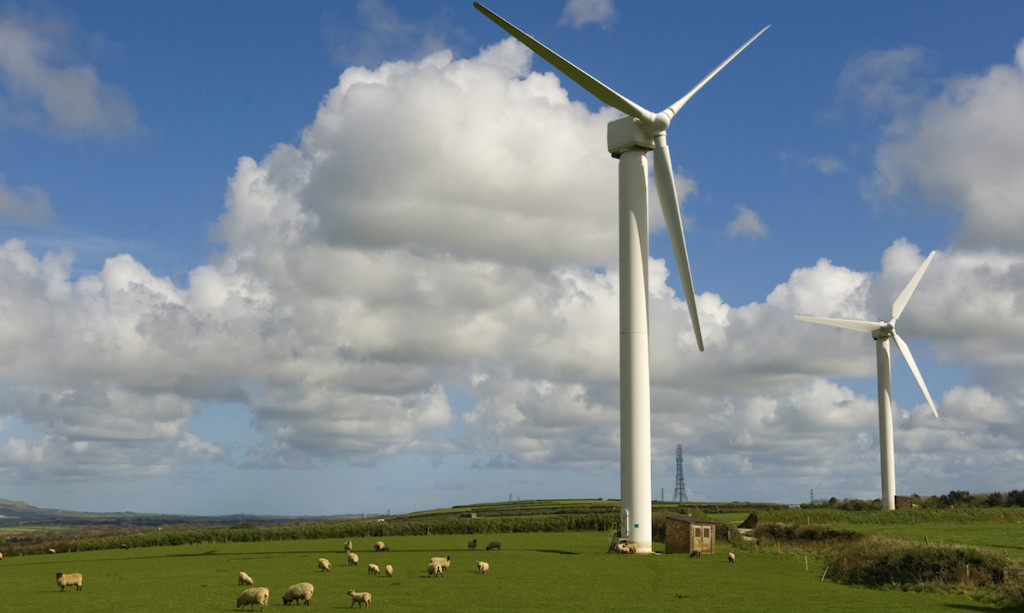
December will be high on the mind of many food and drink producers, being the high point of their sales for the year.
For the renewable energy sector December 2015 is significant for a different reason. The United Nations Climate Change Conference takes place in Paris with the majority of UN members involved. The objective is to agree collective action to reduce greenhouse gas emissions to limit the global increase in temperature to two degrees above pre-industrial levels.
The 2014 conference in Copenhagen was a damp squib with disagreements between the developed nations and emerging nations but the need to take action to mitigate climate change becomes ever more pressing. The mood this year is more encouraging with China stating that their energy future lies in renewables and President Obama’s Clean Power Plan to cut greenhouse gas emission from power stations by 33%.
This high-level stuff is all well and good but at individual business level what does it mean?
It is really important to be aware that energy prices are at a low point in their cycle with the medium and long-term forecasts seeing energy prices rises. Energy prices are linked to the commodity price for gas and oil with both of these being low. We know that the fracking market in the US, the shale oil market in Canada and oil production in Saudi Arabia are all struggling at current prices. This makes an upward move in energy prices unavoidable.
What is important is that whilst energy prices are low, businesses invest in measures to reduce energy consumption and where possible generate their own electricity. Investing now will not only give you a long-term cost advantage but also a competitive advantage compared to your competitors.
We recently met with a cheese producer that had made significant investments in renewable energy and were promulgating this as part of their marketing strategy. They had seen an uplift in sales as a result, especially within their export markets like the US.
Don’t be put off investment decisions by the government’s ever changing energy policy. The pay-back period for many energy saving technologies is sub five years. Investing in solar PV panels can, over a 10-year cycle, deliver electricity to your socket at a cost per kWh unit that is lower than you can buy it for under your electricity contract.
Top five energy saving areas:
- Upgrading lighting to LED – payback period 1-2 years
- Supply voltage optimisation – payback period 2-4 years
- Efficient heating and cooling technology – payback period 2-5 years
- Smart metering –payback period 12 months
- High efficiency motors and variable speed drive – payback 1-4 years
Mike Rowe is a consultant with Stephens Scown’s renewable energy team, bringing over 30 years of banking experience and providing independent expertise to clients regarding the funding of projects and therefore facilitating a choice of finance options.
